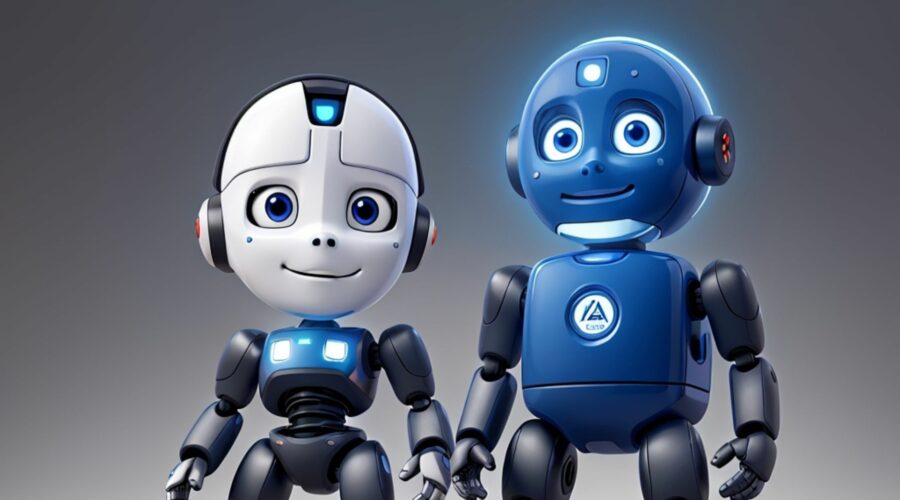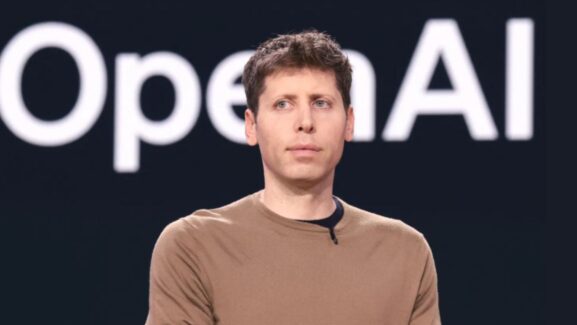Revolutionizing Communication: Mind-Reading Technology Converts Thoughts into Text
In a groundbreaking leap forward, researchers at the GrapheneX-UTS Human-centric Artificial Intelligence Centre at the University of Technology Sydney (UTS) have successfully developed a revolutionary system capable of translating human thoughts into text. This remarkable technology not only offers hope for individuals with speech impairments but also holds the promise of transforming human-machine interactions and paving the way for a new era in assistive technology.
Unlocking Human Potential
The portable and non-invasive mind-reading system developed by GrapheneX-UTS stands as a significant milestone in the realm of communication solutions, particularly for individuals affected by conditions like stroke or paralysis. Beyond assisting those with speech impairments, the technology has the potential to revolutionize how we interact with machines, opening doors for seamless control of devices such as bionic arms and robots.
International Recognition at NeurIPS Conference
The pioneering study conducted by Professor CT Lin, director of the GrapheneX-UTS HAI Centre, along with PhD candidates Yiqun Duan and Jinzhou Zhou, was featured as the spotlight paper at the prestigious NeurIPS conference in New Orleans on December 12, 2023. NeurIPS is renowned for showcasing the latest advancements in artificial intelligence and machine learning, emphasizing the global significance of this research.
The EEG-Based Breakthrough
At the heart of this transformative technology is its ability to record and decode brain activity through an electroencephalogram (EEG) cap. Participants in the study silently read texts while the cap captured their brain’s electrical activity. The EEG data is then processed by the UTS team’s AI model, DeWave, which distinguishes itself by translating EEG signals into coherent words and sentences. This method represents a significant breakthrough, marking the first incorporation of discrete encoding techniques in the brain-to-text translation process.
Versatility and User-Friendliness
In contrast to existing technologies, such as Elon Musk’s Neuralink, that require invasive procedures or bulky equipment like MRI machines, the UTS innovation operates with or without eye-tracking. This unprecedented versatility makes it more user-friendly, expanding its potential applications.
Unprecedented Results and Meaningful Insights
The research, conducted with 29 participants, promises greater robustness and adaptability compared to previous technologies tested on fewer individuals. Despite challenges, the UTS technology has demonstrated meaningful results, particularly in matching verbs. Yiqun Duan notes, “The model is more adept at matching verbs than nouns,” indicating the system’s capability to align keywords and form coherent sentence structures.
Future Potential and Translation Accuracy
While the current translation accuracy stands at around 40 percent on the BLEU-1 scale, the researchers aspire to reach the efficacy of traditional language translation or speech recognition systems, which typically hover around 90 percent. Despite this, the mind-reading technology already showcases an impressive ability to translate thoughts into meaningful text, opening up exciting possibilities for the future.
Building on Past Success
This breakthrough builds upon previous brain-computer interface technology developed by UTS in collaboration with the Australian Defence Force, which utilized brainwaves to command a quadruped robot. The continuous evolution of these technologies signifies a promising future where human-machine interactions are redefined, offering newfound independence and communication possibilities for individuals worldwide.
The mind-reading technology developed by the GrapheneX-UTS Human-centric Artificial Intelligence Centre not only marks a milestone in the field of neuroscience but also holds the potential to transform how we communicate and interact with technology. As the accuracy and capabilities of this innovative system continue to improve, the future of assistive technology and human-machine collaboration appears brighter than ever.
Like what you read? Subscribe to our newsletter, for exclusive content, engaging articles and for the latest updates.



